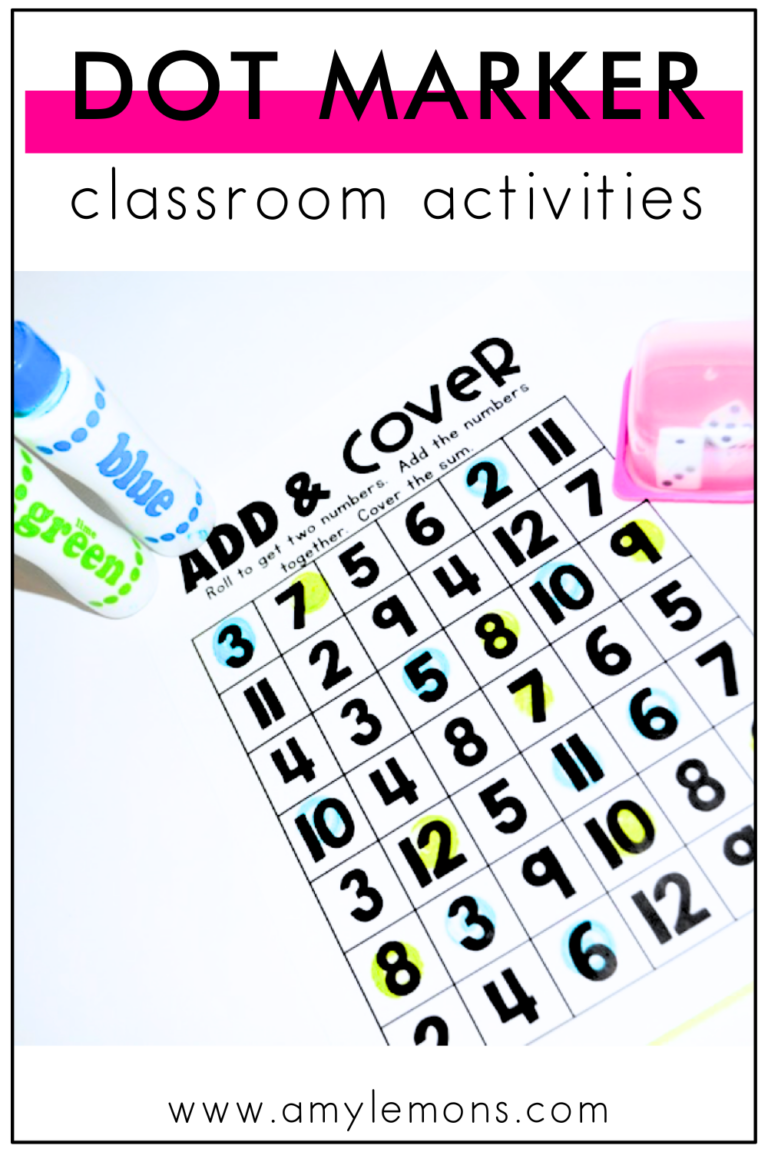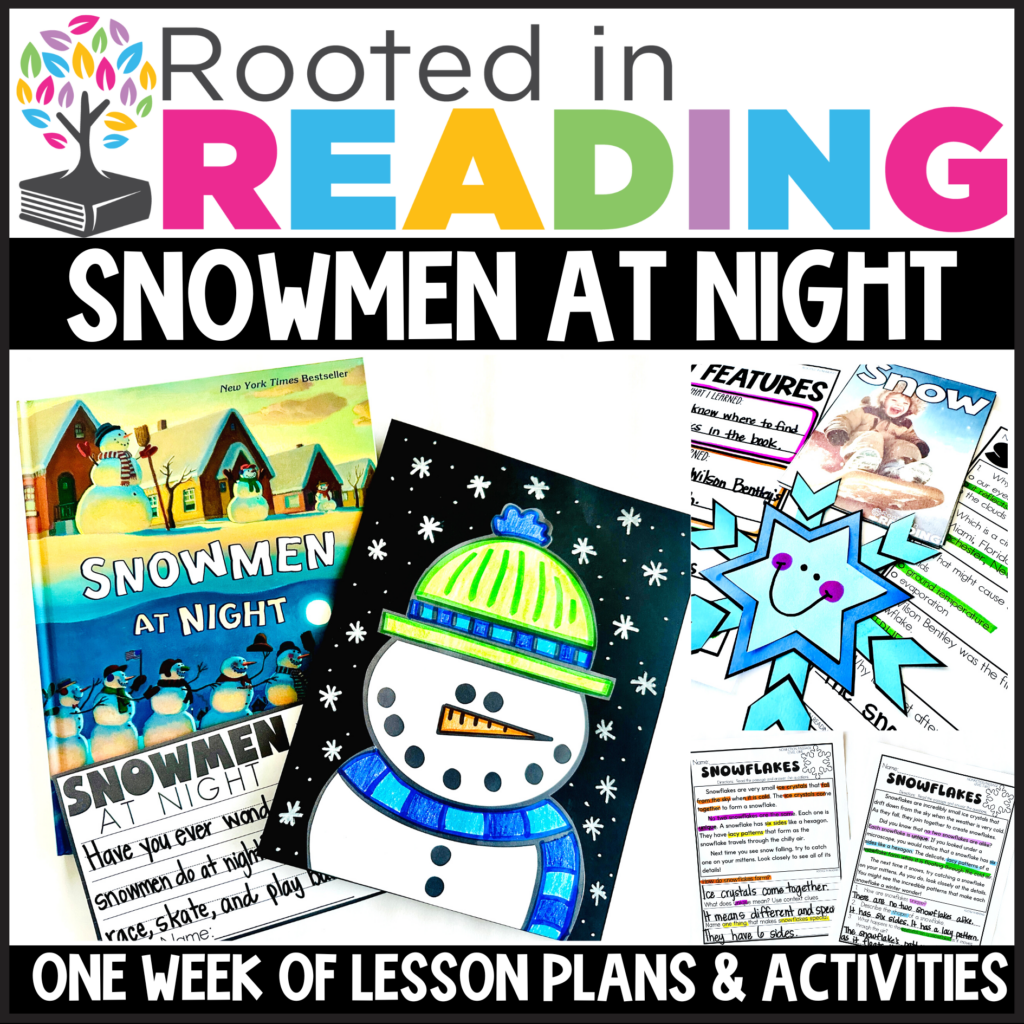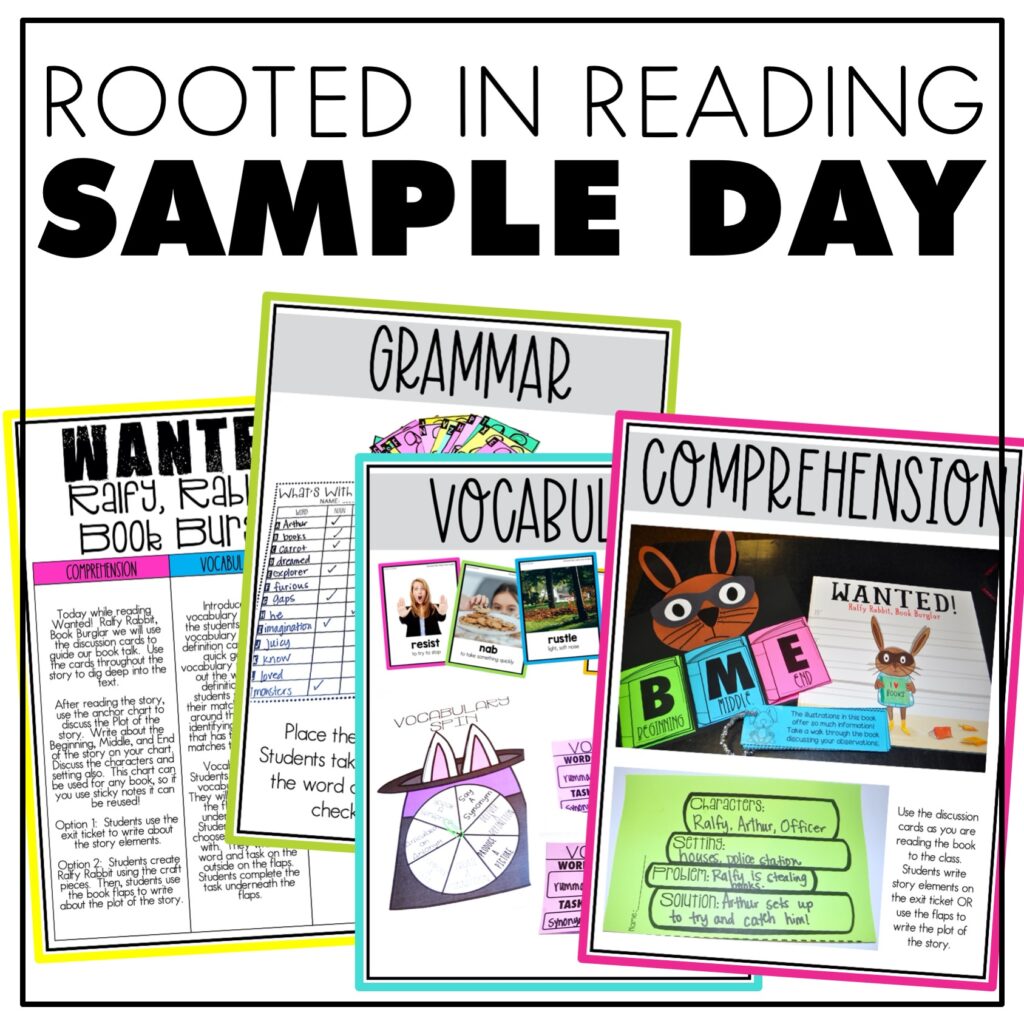
Breaking down a read-aloud to satisfy many reading comprehension skills isn’t always an easy feat. But when it works out, amazing things happen. You’ll find a smooth rhythm within your lesson and students can easily follow along.
When you pair that perfect book with interactive reading lessons, you can teach essential ELA skills that truly help students translate text, deepen comprehension, and prompt thoughtful discussion. Here’s a look at how this can be accomplished during winter reading in an engaging way!
Before diving into the read-aloud for the week, engage students in a pre-reading discussion about their own experiences. Choose four common topics such as getting the flu, going skiing, having dogs as pets, or visiting the beach. Even if the kids have not personally experienced these things, they have more than likely read or heard about them.
Remind students that our schema is also known as background knowledge. It is all of the information in our brain! We build our schema by going places, reading books, spending time with people, and much much more!
Encourage students to share their schema and their stories. This creates a collective schema that will enhance their understanding and connection to the book!
Developing skills for making inferences is crucial to comprehension. Practice using picture clues to make an inference by showing students a collection of images.
Incorporate making inferences into your lessons with clues from the story of the week or some other related theme. Since we’re looking to add a wintry mix to these reading activities, in the example, students use various images as clues to determine a snowman’s occupation.
For example: If I see a pig, a basket of eggs, and corn, I can infer that the snowman is a farmer.
When students identify clues within the text or pictures, they can make educated guesses about what is happening. These exercises enhance their comprehension and visualization!
As with any text, it is important to discuss the meaning of unfamiliar words. We will encounter words while reading that we want students to incorporate into their everyday language.
To get word meanings to “stick,” try a partner guessing game. When incorporating this vocabulary game into your plans, aim for a fun theme. In winter, consider snowmen.
Here’s a look at how to play using The Snowman Sketch:
What’s better than reading an enchanting picture book about snowmen? Pairing that read-aloud with an informational text about snow!
Pairing informational texts with your picture book is a wonderful way to expand student knowledge and enhance their comprehension of components in the story. So, when reading a story about snowmen, we can incorporate lessons about snow.
In this activity example, students can explore the science behind snowflakes, the impact of snow on living situations, or how snow forms. Connecting literature to real-world knowledge will deepen your students’ understanding and encourage exploration and discovery!
Now that we’ve enhanced our schema, made inferences, expanded our vocabulary, and read informational text about snow, what’s next? Grammar!
Playing around with the words from our picture books is a great way to build in additional skills. Consider the type of word patterns you see in the text to help guide you on which grammar skill would be most related.
For example, when looking for a grammar skill that pairs perfectly with SNOWMEN from our story, I immediately recognized the connection to compound words! After all: snow + men = snowmen!
You can easily identify compound words within the text before engaging students in activities that involve creating their own compound words related to winter!
Make the most of your read-aloud by extracting many essential reading comprehension skills and packaging them into engaging and effective lesson plans that enhance the overall comprehension of your students.
You can find these lesson plans for your next winter reading unit inside our Rooted in Reading companion pack for the book Snowmen at Night.

Elevate your classroom experience this winter with a comprehensive resource that pairs with the popular picture book “Snowmen at Night.” This Read Aloud Resource is designed to engage your learners as well as foster a love of reading in your classroom. You’ll dive into the magical world of snowmen</stro…

Hey, y’all! My name is Amy Lemons and I am passionate about providing students with both engaging and effective standards-based Math and ELA lessons.

Sample a day of Rooted in Reading with these lesson plans and activities for Reading Comprehension, Vocabulary, and Grammar!


